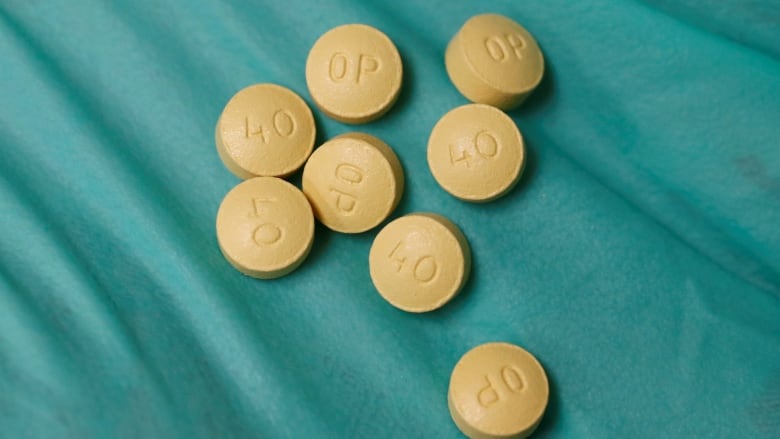New opioid guidelines may help more patients get treatment

The Public Health Agency of Canada says more than 4,000people diedfrom opioid-related overdoses last year. Canadians are the second highest consumers of opioids, after the U.S. The Canadian Medical Association Journal (CMAJ) justpublished new guidelines for doctors on how to treat addiction.
The need for new guides is apparent. Opioids are behind a huge increase not just in deaths but in visits to the emergency department as well as hospital admissions.In the U.S., opioid-related deaths now exceed the death toll seen at the peak of the HIV epidemic and are currently greater than deaths from unintentional injuries.
Previous guidelines were written for experts in addiction. However, fewer than one in five people who need treatment for addiction receive it.The new Canadian guidelines are intended not for experts but for family doctors and nurse practitioners. The hope is that they will provide many more users with access to treatment.
The guidelines say that medications that are readily available are the most effective treatment for addiction.The drug of choice is a combination of buprenorphine and naloxone, which is sold under the brand name Suboxone. Buprenorphine is an opioid medication, and naloxone blocks the effects of opioid medication. When Suboxone doesn't work or is not recommended, the next option is methadone. If these two drugs fail, the next best option is for the doctor or nurse practitioner to prescribe a slow-release form of oral morphine prescribed as a daily dose that the patient swallows in front of a witness.
Medications like these work by reducing the craving for opioids, and by helping reduce withdrawal symptoms that lead patients to start using again. They don't produce a high or impair functioning when used as directed. The guidelines cite many studies showing that Suboxone and methadone help prevent relapse and reduce the number of opioid-related deaths.
Methadone has been around for decades. However, it carries a greater risk to patients than Suboxone. It's long duration of action makes accidental overdoses easier. It can also cause heart rhythm disturbances. Suboxone is safer than methadone, and it's easier for family doctors and nurse practitioners to learn how to prescribe. In addition, Suboxonedoes not carry as much stigma as methadone.
Despite the evidence, there are critics to this approach to treating addiction. Medications like Suboxone are part of an approach known as harm reduction. Instead of trying reduce or eliminate drug use, harm reduction tries to reduce its negative consequences. Dr. Mark Tyndall of the B.C. Centre for Disease Control is setting up a pilot program in which the province will provide the narcotic hydromorphone in vending machines to registered drug users.
Some addiction experts are against harm reduction. They fearthat users will try to get high on Suboxone, and that they might sell the drug on the street. There is little evidence that thishappens. Critics also believe that the only way to enter recovery is to abstain from opioids altogether. In that way of thinking, the use of drugs like Suboxone or methadone enable an ongoing form of drug use.
A commentary also published in CMAJ says the that the new guidelines offer little information on screening or assessing patients for addiction. As well, the commentarysays that theguidelines do not provide help for patients to dealwith the psychosocial aspects of drug use. That point is underscored by studies showing that fewer than one-fifth of drug users get treatment. The purpose of the current guidelines is to give the other four-fifths something both effective and evidence-based.
It's a start, but clearly, it's not enough.












_(720p).jpg)


 OFFICIAL HD MUSIC VIDEO.jpg)
.jpg)



























































































